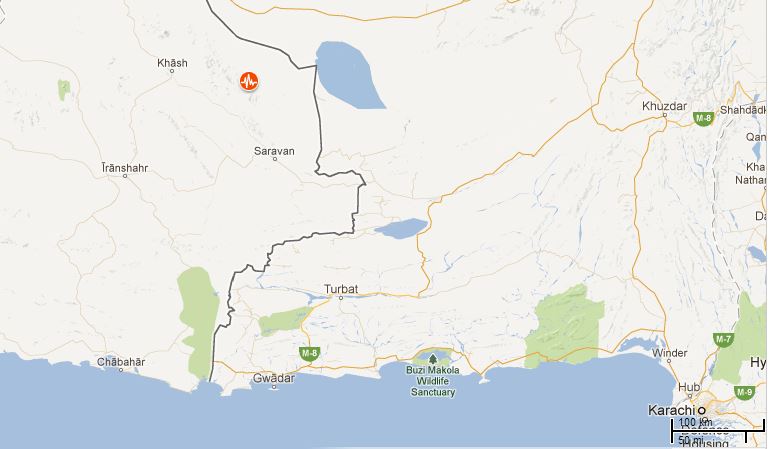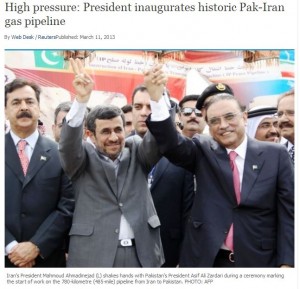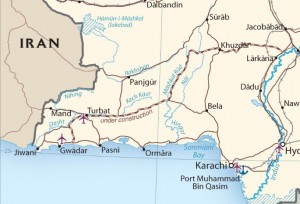MEK Stirs Pot in Iran Despite Improved Negotiation Outlook After Rohani’s Election
In a remarkably welcome surprise, moderate cleric Hassan Rohani won last month’s presidential election in Iran and did so with a large enough margin to avoid a runoff. In the immediate aftermath of the election, there was hope that the heated rhetoric on both sides of the dispute over Iran’s nuclear technology would calm a bit:
Though thousands of jubilant Iranians poured onto the streets in celebration of the victory, the outcome will not soon transform Iran’s tense relations with the West, resolve the row over its nuclear program or lessen its support of Syria’s president in the civil war there – matters of national security that remain the domain of Supreme Leader Ayatollah Ali Khamenei.
But the president runs the economy and wields broad influence in decision-making in other spheres. Rohani’s resounding mandate could provide latitude for a diplomatic thaw with the West and more social freedoms at home after eight years of belligerence and repression under President Mahmoud Ahmadinejad, who was legally barred from seeking a third consecutive term.
“This victory is a victory of wisdom, a victory of moderation, a victory of growth and awareness and a victory of commitment over extremism and ill-temper,” Rohani told state television, promising to work for all Iranians, including the hardline so-called “Principlists” whom he defeated at the poll.
Alas, those who favor violence over negotiation don’t intend to sit idly while moderation has a chance of breaking out. Today, we have a new “revelation” brought to us in a Reuters article:
An exiled opposition group said on Thursday it had obtained information about a secret underground nuclear site under construction in Iran, without specifying what kind of atomic activity it believed would be carried out there.
/snip/
The NCRI said the site was inside a complex of tunnels beneath mountains 10 km (6 miles) east of the town of Damavand, itself about 50 km northeast of Tehran. Construction of the first phase began in 2006 and was recently completed, it said.
The group released satellite photographs of what it said was the site. But the images did not appear to constitute hard evidence to support the assertion that it was a planned nuclear facility.
The Reuters article identifies NCRI as the National Council of Resistance of Iran and in addition to identifying them as “exiled dissedents” also mentions affiliation with the “People’s Mujahideen Organisation of Iran (PMOI)” without noting that the more commonly used acronym for the latter group is MEK. That would be the same MEK that was only de-listed by the US Department of State as a terrorist organization last year. Promptly after de-listing, the group moved to register as lobbyists:
An Iranian group that was listed as a terrorist organization until last year has formally registered to lobby the Obama administration.
The National Council of Resistance of Iran told the Justice Department that it plans to “educate” the public and the U.S. government about the need to pursue an Iran policy “based on respect for human rights, non-proliferation, and promotion of democracy.” The council is an umbrella group of five Iranian opposition groups, the largest of which is the delisted terror group Mujahedin-e-Khalq, or MEK.
/snip/
The State Department closed the council’s Washington office in 2002, calling it a front group for the MEK. Since then, the group has earned the good graces of U.S. conservatives by drawing international attention to Iran’s clandestine uranium enrichment facility in Natanz.
That bit about NCRI exposing the Natanz facility? Even though it also is cited in today’s Reuters article, there is good reason to believe that MEK came into the information through a leak to them rather than their own intelligence-gathering: Read more →



